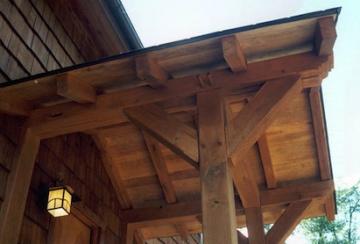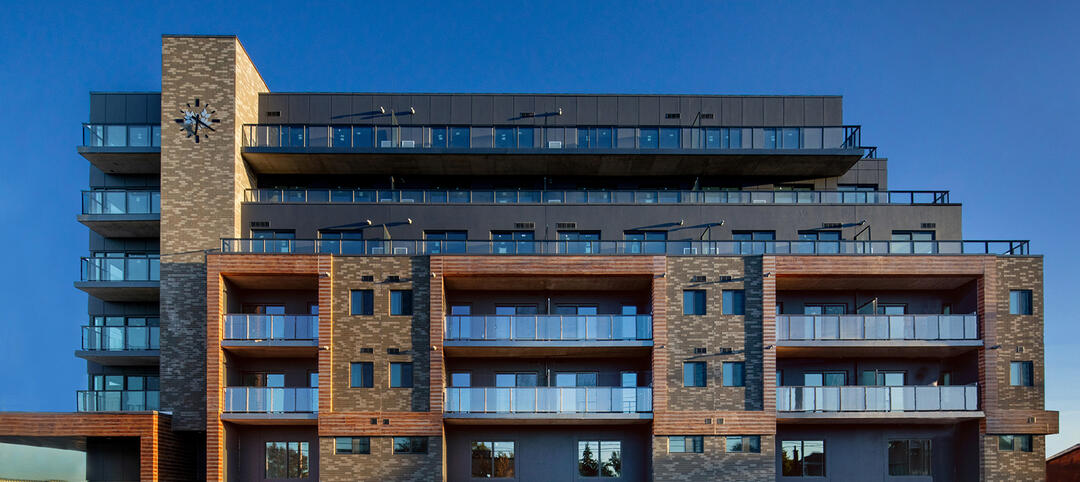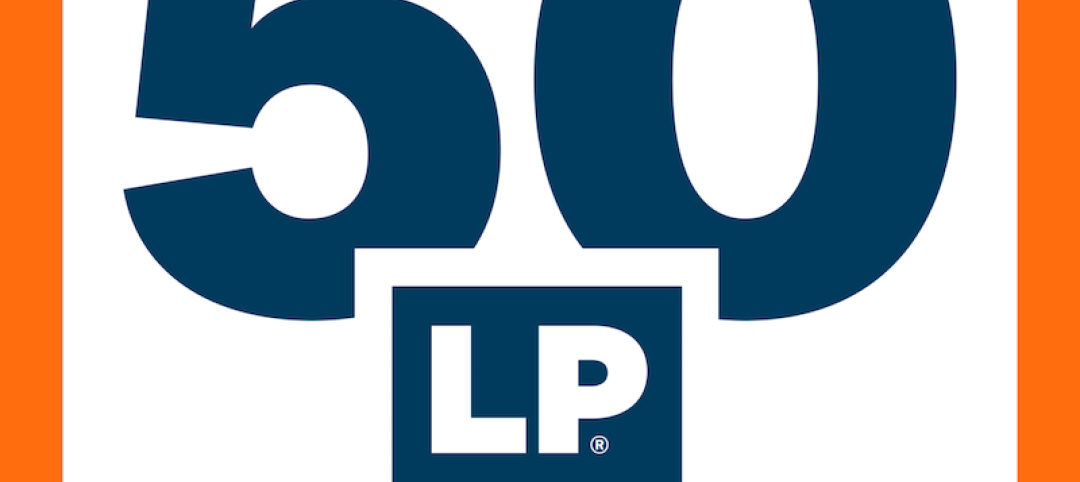Today, the U.S. Green Building Council (USGBC), developers of the global LEED (Leadership in Energy and Environmental Design) green building certification program, and Underwriter Laboratories (UL), the world’s leading safety and certification group, have announced an exclusive strategic partnership centered on building product transparency and occupant health and safety.
The partnership, the first of its kind in the building and certification industry, will roll out several targeted initiatives focused on increasing disclosure, awareness and transparency of building product composition and the manufacturing processes. The goal of the program is to accelerate market transformation and the overall quality and performance of buildings.
The first initiative of the partnership is the creation of a joint Environmental Product Declaration (EPD). EPDs are a standardized way of quantifying the environmental impact of a product or system. The joint USGBC-UL EPDs are a solution to increase transparency in building materials and products that are being used in our buildings, homes, schools, hospitals and other structures.
“UL is the foremost established leader in the EPD field and is uniquely positioned to provide third party assurance for the LEED green building program. We are thrilled to engage in this partnership which we believe will make a great impact across the market – both for manufacturers that want to establish themselves as leaders in the marketplace and for consumers who are increasingly demanding transparency in what is being used to construct and maintain the places where they live, learn, work and play,” said USGBC President, CEO & Founding Chair Rick Fedrizzi.
“Lifecycle impacts and human health are two of the key underpinnings LEED. We believe in buildings and products that limit environmental impact from conception to completion and that optimize the health of our families, colleagues and customers. UL is the world’s leading safety consulting and certification group, and our partnership will advance that mission enormously,” continued Fedrizzi.
“USGBC, creators and developers of the global LEED Green Building Rating system, are natural strategic partners for the work that UL is continuing to lead in the marketplace,” stated Sara Greenstein, president of UL's Environment and Information and Insights Business Unit. “As a global leadership standard for green buildings, USGBC’s commitment to material transparency as a key component of human health and wellness in LEED makes for a partnership that will reverberate throughout the industry.”
Buyers are demanding to know the full extent of a product’s environmental and health impacts,” continued Greenstein. “Transparency into the impacts of a product at each stage of its lifecycle has become a critical driver of purchases and specifications. Since this market is still evolving, and because the quality and consistency of data can vary greatly, we are working diligently to ensure that buyers and LEED users can trust that the information on which they rely is accurate, and that it complies with the new credit requirements. This partnership between USGBC and UL will help businesses, individuals and project teams better understand the products they are including in their building projects, and have greater clarity about how those products can contribute to LEED credits,“ Greenstein concluded.
Scot Horst, Senior Vice President for Global Innovation and LEED at USGBC stated that USGBC would continue to forge strategic alliances such as these in the marketplace in order to drive the customer experience toward increased consumer education.
“As LEED continues to evolve and we look at how USGBC can continue to transform the marketplace, we know that increased consumer education and market knowledge will drive consumer choices to more responsible and sustainable products. This is the first time USGBC is tying the built environment to products that will receive LEED credit, which is a huge step toward preventing green-wash and clear consumer market choice.”
Horst continued, “This partnership will accelerate LEED in the marketplace and help maintain its leadership standard through technical rigor and stringency. Equally important, it will incentivize those product manufacturers out there who are doing amazing things with their products and establishing themselves as leaders within their industry. We want to create a system to reward them.”
EPDs provide a credit achievement path in LEED v4, the newest version of the LEED rating system that is being released this week at USGBC’s annual Greenbuild International Conference & Expo. EPDs will help create avenues for future generations of LEED. “There is a great more to learn about life-cycle assessment and LEED and this USGBC UL partnership is the first step,” concluded Horst.
Related Stories
Multifamily Housing | Sep 15, 2022
Toronto’s B-Line Condominiums completed using prefabricated panels
B-Line Condos, Toronto, completed using Sto Panel Technology.
Mass Timber | Aug 30, 2022
Mass timber construction in 2022: From fringe to mainstream
Two Timberlab executives discuss the market for mass timber construction and their company's marketing and manufacturing strategies. Sam Dicke, Business Development Manager, and Erica Spiritos, Director of Preconstruction, Timberlab, speak with BD+C's John Caulfield.
Sponsored | BD+C University Course | Aug 24, 2022
Solutions for cladding performance and supply issues
This course covers design considerations and cladding assembly choices for creating high-performance building envelopes — a crucial element in healthy, energy-efficient buildings.
Sponsored | | Aug 4, 2022
Brighter vistas: Next-gen tools drive sustainability toward net zero line
New technologies, innovations, and tools are opening doors for building teams interested in better and more socially responsible design.
Building Materials | Aug 3, 2022
Shawmut CEO Les Hiscoe on coping with a shaky supply chain in construction
BD+C's John Caulfield interviews Les Hiscoe, CEO of Shawmut Design and Construction, about how his firm keeps projects on schedule and budget in the face of shortages, delays, and price volatility.
Building Materials | Jul 20, 2022
LP Building Solutions celebrates 50th anniversary at NYSE ceremony
LP Building Solutions celebrates 50th anniversary at NYSE ceremony.
Building Materials | Jun 20, 2022
Early-stage procurement: The next evolution of the construction supply chain
Austin Commercial’s Jason Earnhardt explains why supply chain issues for the construction industry are not going to go away and how developers and owners can get ahead of project roadblocks.
Sponsored | BD+C University Course | May 10, 2022
Design guide for parapets: Safety, continuity, and the building code
This course covers design considerations for parapets. The modern parapet must provide fire protection, serve as a fall-protective guard, transition and protect the roof/facade interface, conceal rooftop equipment, and contribute to the aesthetic character of the building.
Sponsored | BD+C University Course | May 10, 2022
Designing smarter places of learning
This course explains the how structural steel building systems are suited to construction of education facilities.
Sponsored | BD+C University Course | May 5, 2022
Designing with architectural insulated metal wall panels
Insulated metal wall panels (IMPs) offer a sleek, modern, and lightweight envelope system that is highly customizable. This continuing education course explores the characteristics of insulated metal wall panels, including how they can offer a six-in-one design solution. Discussions also include design options, installation processes, code compliance, sustainability, and available warranties.

















